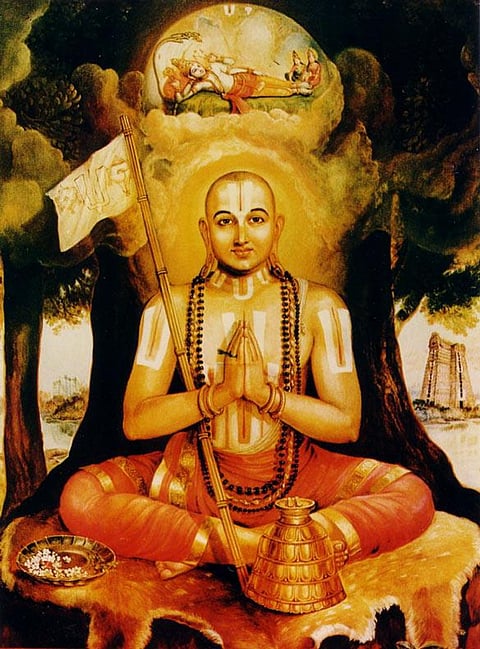The ultimate existence of three separate orders, matter, soul, and God, is accepted in Ramanuja's ideology. The comparison of body and soul is fundamental to his viewpoint of the universe, just as the body transforms the soul, has really no independent identity from it, but is distinct from it, so the categories of matter and soul compose God's "body," altering it but possessing no independent identity from it. As our bodies serve the soul, the individual soul's aim should be to serve the supreme God.



